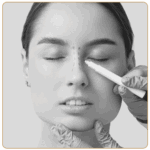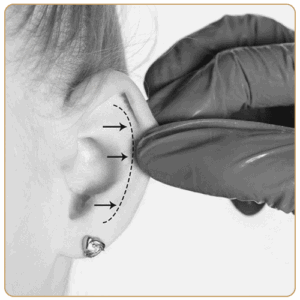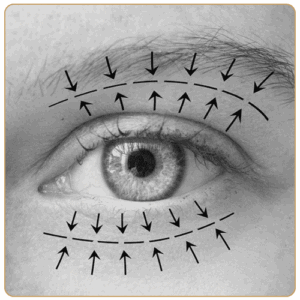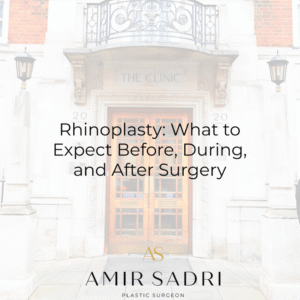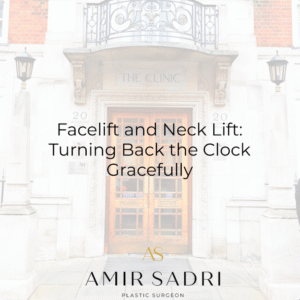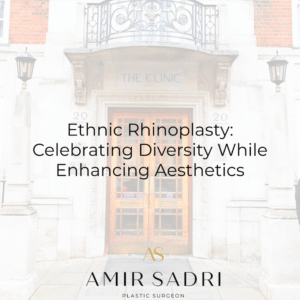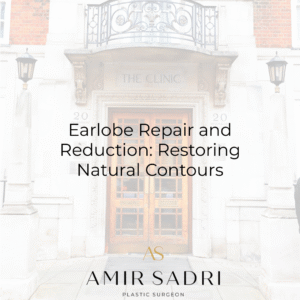Rhinoplasty – How Long Does Recovery Take?
Rhinoplasty, commonly referred to as a nose job, is a surgical procedure performed to alter the shape or function of the nose. Whether driven by aesthetic goals or medical necessity, such as correcting breathing issues or repairing damage, rhinoplasty is one of the most popular cosmetic surgeries globally. For individuals considering this procedure, one pressing question often surrounds the recovery timeline.
The recovery period following rhinoplasty can vary from person to person depending on factors such as the complexity of the procedure, the individual’s overall health, and how well post-operative care instructions are followed. Generally, the recovery process can be divided into several phases.
Week 1 – Immediate Post-Surgery Recovery
The first week post-surgery is often the most challenging. Swelling, bruising around the eyes, and mild discomfort are common during this time. A nasal splint is usually placed immediately after surgery, and patients are advised to rest and avoid strenuous activities. Most people are able to return to light desk work or non-physical activities within 7 to 10 days, once the splint and external stitches (if any) are removed.
Week 2 to 4 – Gradual Healing
By the second week, bruising begins to subside significantly, though some residual swelling may remain. Many patients feel comfortable resuming light exercise, but it’s recommended to avoid vigorous activities that may raise blood pressure and increase the risk of complications. External swelling reduces noticeably, but the tip of the nose may still feel tender or firm.
Month 2 Onward – Long-Term Recovery
Over the course of the following months, swelling continues to decrease, with most swelling resolving within 3-6 months. However, it’s important to note that the nose’s final shape can take up to a year to fully develop, as the skin, cartilage, and soft tissue adjust to their new positions.
Tips for a Smooth Recovery
Patience is key when it comes to rhinoplasty recovery. Following your surgeon’s post-operative care instructions, avoiding direct sunlight, and refraining from smoking will aid the healing process. Additionally, maintaining a healthy diet and staying hydrated can promote faster recovery.
While the road to complete recovery requires time, most patients find the results well worth the wait, restoring both their confidence and breathing functions. Always consult with a qualified plastic surgeon to determine the best approach and set realistic expectations for both the procedure and the recovery process.


